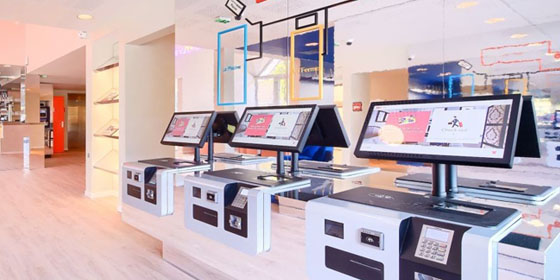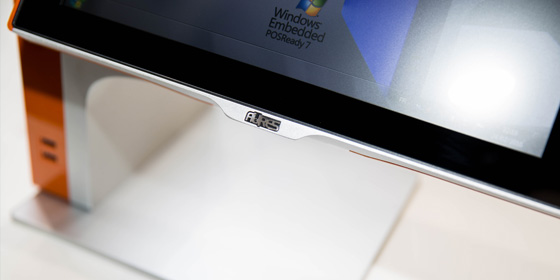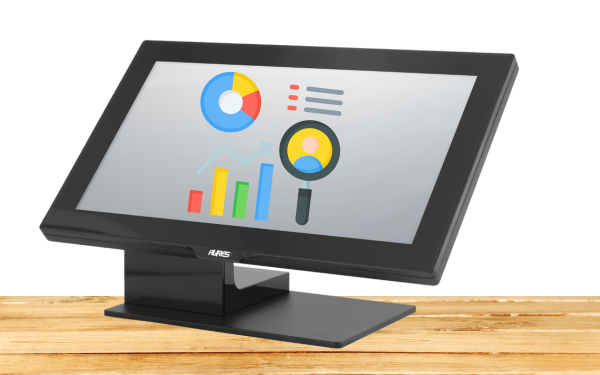Let’s start with a frank question – when was the last time you measured how well your point of sale (POS) systems were performing?
Modern businesses are used to being immersed in performance analytics. Data has become the guiding light that illuminates paths to growth and improvement. But in conversations with some clients, we notice that this trust in data gathering and measurement doesn’t always extend to POS, particularly on the hardware side. There’s an attitude of, if it works, we’re happy. All the value comes from the clever software we run on our tills and kiosks and mobile endpoints etc.
Whenever we come across this point of view, we make a simple point in reply. POS systems play a critical role in sales, inventory and customer service. Not only that, they are vitally important to customer satisfaction. The checkout experience can make or break a customer’s entire view of the experience they have just had. It doesn’t matter how good everything that has gone before has been. An unnecessarily long wait to pay caused by insufficient checkout options or glitchy systems can leave customers frustrated and of a mind never to return.
Looked at from the perspective of customer satisfaction, POS performance takes on renewed importance. As a business, you might be mainly concerned about the mechanics of whether a till works or not. But your customers are making more nuanced judgements. They’re judging it on things like speed, convenience, ease of use etc. And those assessments aren’t just confined to how they view what happens at checkout. They colour their entire opinion of your business.
Metrics for POS
So how do you measure whether your POS systems are meeting customer expectations? Retail and hospitality business owners can make use of a mix of commonplace metrics they are probably already measuring, and a few more specific KPIs to get a complete and rounded insight.
In the former camp, standard business metrics like transaction volumes and conversion rates are useful for identifying whether there might be an issue around your POS that needs fixing. Low transaction volumes can be caused by many things and are an obvious cause for concern, especially if you see a drop-off over time. While it’s important to eliminate other potential causes, it could be a sign that your POS systems are slowing up, and that throughput has fallen because of longer waits.
Conversion rates add more information. If general footfall is high but transaction volumes are low or falling, what is going on? Is it your merchandising or pricing that is putting customers off making a purchase? Or could it be that they are abandoning planned purchases because of long waits and other frustrations at checkout?
To find out, you can add some more POS-specific metrics into the mix. For example, time per transaction gives you clear data about whether your checkout processes are working quickly and efficiently enough, or whether improvements can be made. You can also measure things like error rates to give an indication of how often your customers are facing unnecessary delays. A metric most usefully used for kiosks is completion rate, which tells you how often customers start but then give up on a transaction because of some issue or another.
Last but certainly not least, if you want to know what your customers think of your POS set up, the simplest way is to ask them directly. Customer feedback about their checkout experience gives you that all-important qualitative detail to add to the quantitative measurements discussed above. Performance metrics can identify that things need to improve with your POS. Customer feedback tells you where and how.




